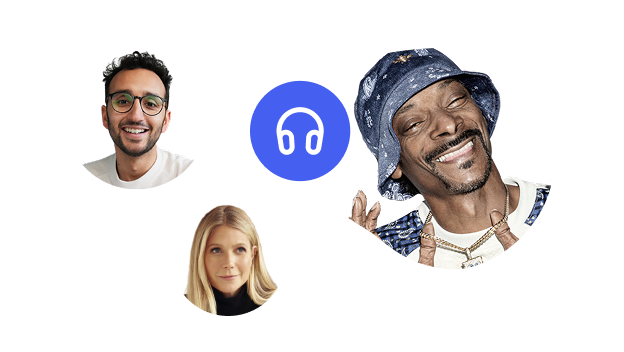What is the difference between text to speech and voice to text?
While they may seem similar, text-to-speech (TTS) and voice to text are opposite technologies. Text-to-speech tools convert digital text into spoken words using a computer-generated voice, providing an audio version of the content. In contrast, voice to text (or transcription) translates spoken language into written text.
Benefits of Text to Speech in Higher Education
- Assistive Technology for Learners with Disabilities: For students with learning disabilities, like dyslexia or ADHD, TTS software can bridge the gap between their abilities and the demands of reading materials. It aids in reading comprehension and decoding, especially useful in higher education where dense and extensive materials are common.
- Support for Language Learners: English language learners benefit significantly from hearing the text read aloud, enhancing their literacy skills and understanding of the material.
- Universal Design: TTS embodies the principles of universal design in education, making learning materials accessible to all, including those with visual impairments or special education needs.
Disadvantages of Text to Speech in Higher Ed
- Over-reliance: Some learners might become too dependent on TTS tools and may not engage in developing essential reading skills.
- Quality: Not all TTS software offers high-quality, natural-sounding voices. A robotic voice can be distracting.
- Lack of Human Touch: While advancements like AI voice have come close, TTS software cannot fully replicate the nuances and emotional tones of a human voice.
Average Cost Insights
The average cost of TTS services in higher education varies based on institutional subscriptions or individual licenses. Standalone TTS software, for personal use, can range from free versions with basic features to premium versions costing upwards of $100 or more.
Top Institution for TTS Study
For those interested in studying the intricacies of text-to-speech technology and instructional design, consider enrolling in leading tech institutions that offer courses in education technology or eLearning design.
Top 8 Text-to-Speech Software or Apps for Higher Ed
- Speechify Text to Speech: Speechify is a text-to-speech software designed to convert written text into spoken words, primarily assisting individuals in reading and comprehending content. For those in higher education, Speechify can be a vital tool in various contexts.
- ReadSpeaker: Popular in higher education, ReadSpeaker offers natural voices that enhance eLearning experiences.
- Read&Write: A comprehensive tool, it's excellent for those with dyslexia, providing features beyond just TTS.
- Natural Reader: As its name suggests, it offers one of the most natural-sounding voices.
- Microsoft Word's Read Aloud: Integrated within Microsoft Word, it allows users to have documents read to them.
- Apple's Speak Screen: For Apple users, this built-in feature turns content onscreen into spoken words.
- Chrome Vox: A screen reader for Chrome, suitable for web pages and online reading materials.
- Speech Reader: This offers a simple, user-friendly interface for converting text to audio.
- AI Voice: Leveraging advanced AI, it offers a human-like voice for reading digital text.




